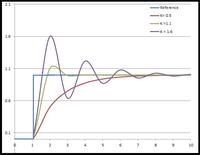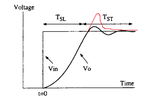CAMALEAO
Full Member level 4
Hi guys,
Does anyone has experienced a high overshoot with you amplifier, say 2 stage amplifier, slews? What might cause this effect? It's because the opamp goes out of its small signal mode and it starts to work as an open loop system? If yes, how it manages to get back, or in other words, recover from the overshoot?
Regards
Does anyone has experienced a high overshoot with you amplifier, say 2 stage amplifier, slews? What might cause this effect? It's because the opamp goes out of its small signal mode and it starts to work as an open loop system? If yes, how it manages to get back, or in other words, recover from the overshoot?
Regards

